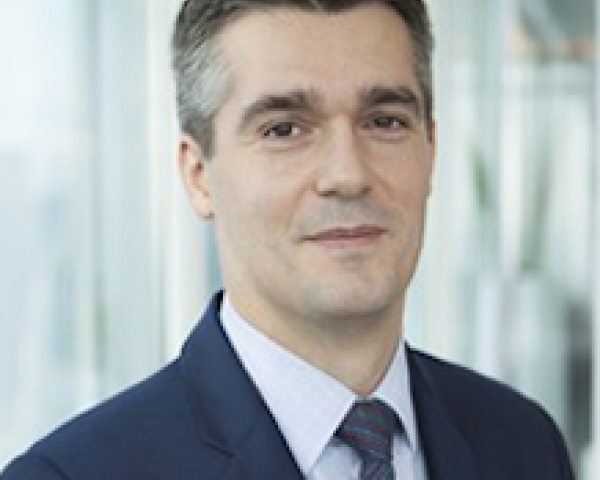With much of the world beginning to reopen and global economies beginning to recover, there are many reasons to feel confident in the direction that the global economy is heading, including successful immunization campaigns in advanced economies and promising projections for global GDP and trade, which our latest research predicts will see global 5.5% and 7.7% growth respectively. Despite these positive trends, there are potential cracks in the armor that every business leader should be aware of as we continue to grapple with the world’s grand re-opening.
Vaccine Security
The first and perhaps most obvious risk factor the economic research team at Euler Hermes has identified is vaccine security. While advanced economies delivered on immunization campaigns, under-vaccination in Asia and other emerging markets may cause desynchronized growth paths. Avoiding the vaccination fatigue trap will be key for a sustainable reopening as demand side hurdles (such as vaccine hesitancy) are now following the supply-side ones. In the meantime, under-vaccination in Asia and in emerging markets may desync growth paths. Stop-and-go government strategies to cope with the increase in new cases – albeit more moderate than previous waves -- are likely to continue and could hinder economic recoveries in these markets.
Inflation
Every economy’s biggest boogie man is inflation. While it’s often spoken about as a risk factor, we are seeing signs that, this time around, it could pose a real threat. Bottlenecks in terms of supply (raw materials, transportation capacity and workers) will likely keep inflation above normal until the end of 2021. Global inflationary pressures are indeed at record highs, but the good news is that they are mainly driven by energy prices and temporary disruptions of global supply chains. In 2022, pressures from labor shortages should reduce along with the rise in input prices, but businesses should exercise caution and watch inflation closely in the interim.
See also: 4 Stages to Recovery and ‘Future of Work’
Also contributing to inflation fears is the average household’s pent-up demand. We estimate pent-up consumption at 3% of GDP in the U.S. and U.K. in 2021 and at around 1.5% in most European countries. Consumption will lead the recovery, but hoarding behaviors (such as putting stimulus money directly into savings accounts) remain, and that could complicate policy choices down the road. Still, we expect around 40% of the excess cash from households and companies (currently at more than 10% of GDP in both the U.S. and Europe) will morph into spending by year-end, thanks to high pent-up demand.
Business Insolvency
Massive state interventions helped suppress a significant wave of insolvencies in 2020, with the year ending with a 12% drop globally rather than a 40% surge, which we predict would have been seen without government assistance. What now becomes tricky is how global governments can phase out these assistance programs without causing a renewed fiscal crisis.
U.S. Politics
This one won’t come as a shock to most economic observers. The U.S. has launched a wave of global and multilateral initiatives for climate change and tax policies. Such a revival in international engagement does not necessarily mean unselective multilateralism: so far in 2021, the U.S. has been the most active with trade protectionist measures, which could complicate the recovery of a global supply chain.
The economic picture is improving, but business leaders must remain vigilant and consider all possible risk prevention solutions to best mitigate downturns and protect their balance sheets.






